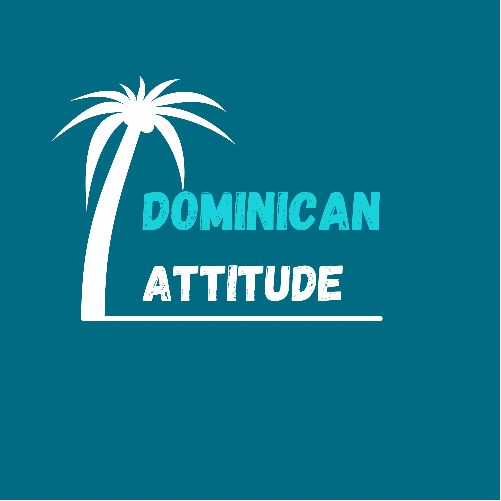Mano Juan Village, Saona Island, Dominican Republic
- dominican attitude excursions

- Mar 28, 2022
- 3 min read
Updated: Sep 27, 2023
History of the single village in a dream Island

Mano Juan is a village located in the south of the island of Saona, on the border of the Atlantic Ocean and the Caribbean Sea.
Saona is part of the National Park of Cotubanamá located in the South-East of the Dominican Republic.
A little bit of history... (only a little bit!)
Saona was first inhabited by the Tainos, indigenous people whose origin is still uncertain, who were the first inhabitants of the island of Hispaniola.
The first family to live on the island of Saona was a Taino tribe called Cotubanamá.
Before settling in Saona, the tribe lived peacefully in Bayahibe, but when the Spaniards arrived in 1494, the tribal chief Cotubanamá decided to leave for the island of Adamanay (the island's former name).
The tainos called this island Adamanay which means "Isla del refugio", in English "refuge island".
The chief of Cotubanamá wanted to protect his family from the settlers by settling on Adamanay.
During the trip, the Spanish settlers came accompanied by an Italian named Michele Da Cuneo, originally from Savona, a city in northern Italy.
Michele Da Cuneo would have cried out: "Mama mia que Bella Savona", seeing the beauty of Saona and as a tribute to his village.
From that moment on, the island was renamed Savona.
The national language in the Dominican Republic being Spanish, it was difficult to pronounce the V, so they removed it from SAVONA to keep SAONA.

In the years 1940-1945 the Americans wanted to colonize the island of Saona to make a military base but the dictator who was in power at that time, Rafael Leonidas TRUJILLO, did everything possible to prevent the invasion. However, he decided to build a small base in the north of the island in order not to aggravate political relations.
In those same years the dictator TRUJILLO went on a trip to Samana, in the north of the Dominican Republic. He noticed that the population there lived from fishing and agriculture, just like the village of Bayahibe.
He decided to take 12 families from Samana to the island of Saona to work in agriculture and fishing, thus ensuring that the invasion would be avoided.Trujillo did everything possible to make the families on the island feel comfortable and able to work.
He built their houses, a school, a hospital, a church (the main religion was Catholicism), and brought animals (horses, donkeys and pigs) for transportation and breeding. He also provided them with boats so that they could fish and travel.
He also wanted to build a prison on the island to lock up people opposed to his dictatorial regime. In the end, the prison project did not come to fruition because the dictator was assassinated before the work could begin.
No more history... finally ;-)
The island of Saona, Catalina and Catalinita are now part of the national park, a protected area since September 14, 1975.
Since the 1980's tourism has exploded in the Dominican Republic and Bella Savona has been very successful thanks to the influx of tourists generated by the hotels built on Bayahibe.
Today, Saona lives from tourism, local businesses and fishing.
There are now 500 inhabitants all year round.
Their houses are still made of wood to preserve the environment and of color to keep the typical aspect.

They have access to TV through satellite dishes, telephones and even internet since 2019.
Electricity works thanks to the photovoltaic panel but before that it worked with generators and batteries or with candles.
The water is not drinkable (as it is everywhere in the Rep dom) because it is brackish due to the proximity of the sea.
A maritime transport that comes from the city of La Romana, supplies the small businesses of the village with water and food.
Nowadays, the villagers enjoy a little more comfort than in the past, and this has enabled them to set up a rooms so that a few privileged tourists can experience one or more nights on this slice of paradise. Services are fairly rudimentary, but the experience is unprecedented. Apart from a few tourists passing through between 10 a.m. and 3 p.m., you can enjoy the beach and the surrounding area on your own!
JUST YOU, YOUR OTHER HALF AND THE CARIBBEAN SEA FOR 1 OR MORE DAYS? YES, IT'S POSSIBLE!
OR IF YOU PREFER THE COMFORT OF AN ALL-INCLUSIVE, VISIT THIS PART OF THE ISLAND IN A SMALL GROUP.









Comments